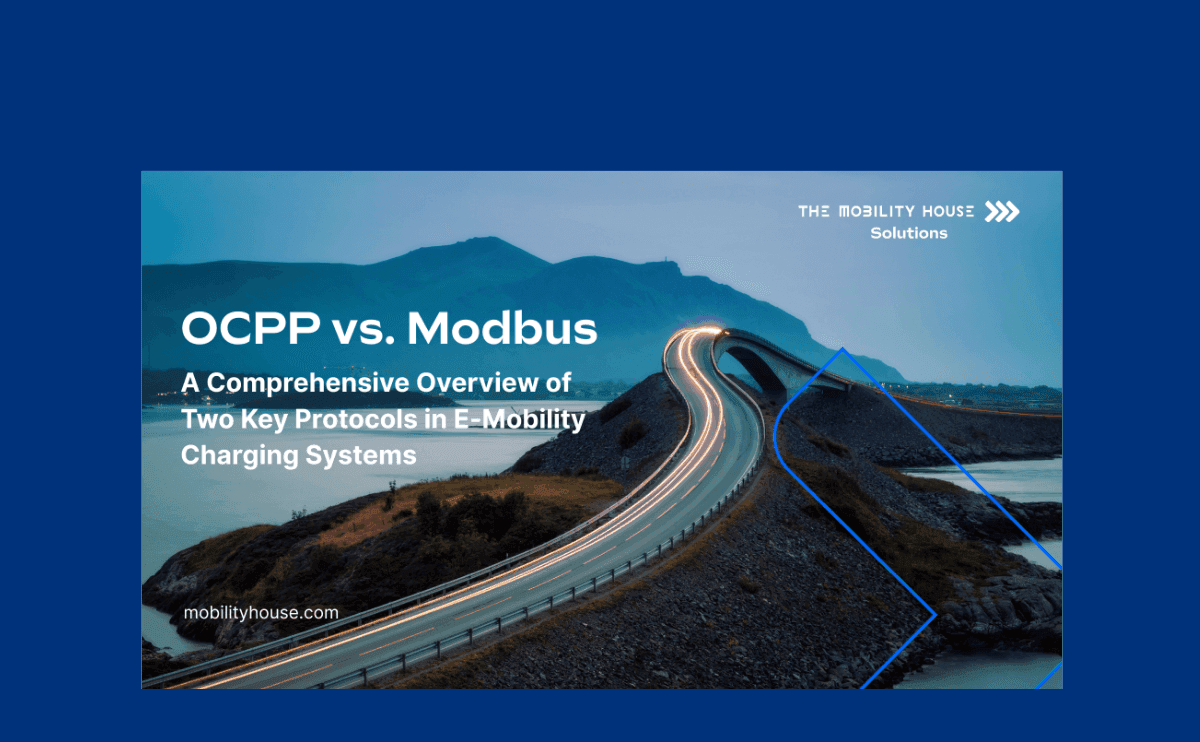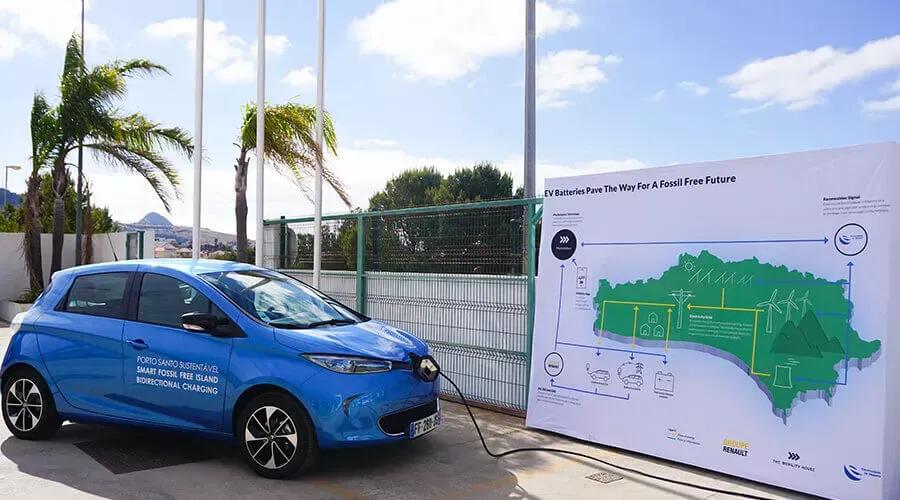_18ac9e3a8052b6229c086a41c1ac84f7.png&w=3840&q=75)
Whitepaper
Cloud vs. Local
Whitepaper
OCPP vs. Modbus
Blog
Vendor neutrality: Why open charging and energy management is best for your charging infrastructureA charging and energy management system is essential for your own charging infrastructure. You should always pay attention to vendor neutrality. Below, we explain why.

Blog
Apartment meters vs. shared meters in residential properties – Which electricity meter is the right one for your charging solution?As electromobility becomes increasingly important in Germany, the number of public charging points is steadily increasing. But in the private sector, many apartment owners and tenants don’t have the option yet of charging their electric car in their apartment block’s underground car park due to a lack of infrastructure.

Blog
Load management: How to reduce the costs of your charging infrastructure with smart chargingEfficiency, flexibility and stability: with the right load management, your charging infrastructure becomes the backbone of your company fleet. We explain how you can effectively reduce your setup and operating costs.

Blog
Vehicle-Grid-Integration (VGI or V2G) projects of The Mobility House: What coffee, an island and a football stadium have in commonOur energy future began with a cup of coffee. However, the electricity for this did not come from a distant power station – but from an electric car in the underground car park. In 2015 in the first German vehicle-to-grid (V2G) pilot project ever, the technology company used the battery of a Nissan Leaf as an additional energy source for the home network of its building.